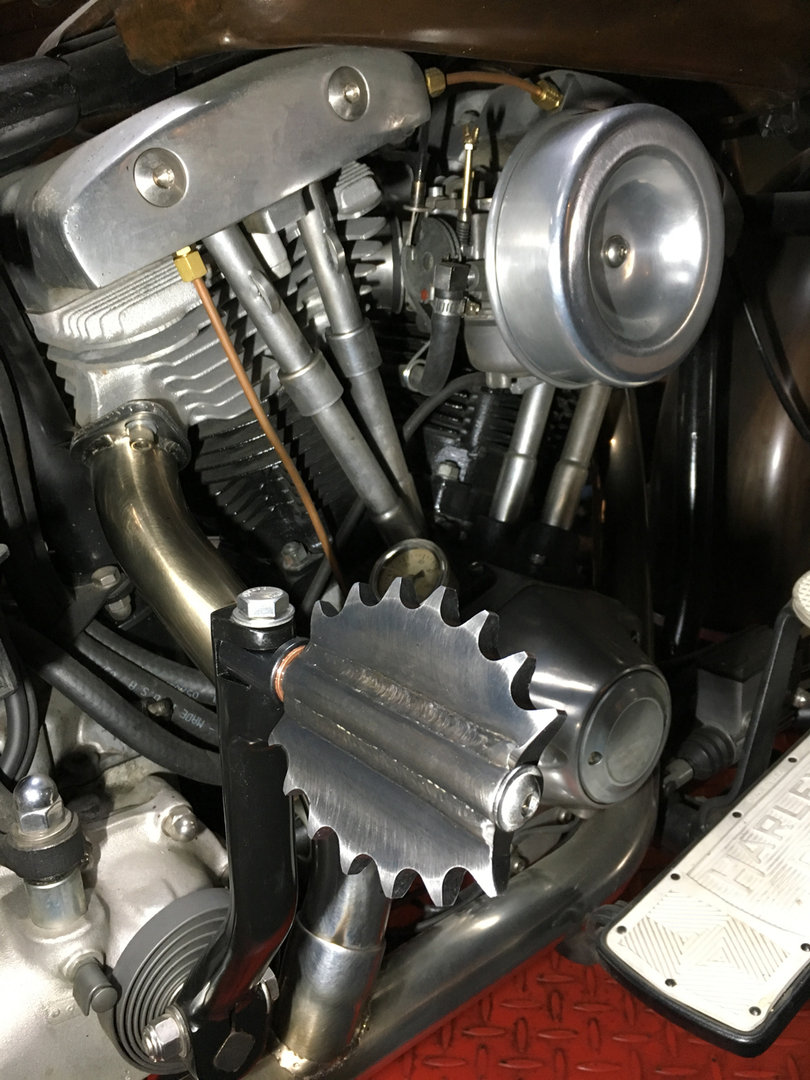

#MOTORBIKE DASHBOARD KICKSTART PROFESSIONAL#
Douglas, in its run of success, hired professional racer Rex Judd for a run of Brooklands records, and Pullin, ever the modernist, rigged a radio communications system with his rider, Judd having earphones within his helmet, from which he could communicate with Pullin back at the works garage – surely a first! The patent drawings for the Ascot-Pullin monocoque chassis. He also continued to race at Brooklands and the Isle of Man, including at the 1923 TT, in which Douglas won both the Senior TT (Tom Sheard) and newly introduced Sidecar TT (Freddie Dixon, using a banking sidecar of his own design). In 1922, he became the first man to record 100mph on a motorcycle on British soil, using a very special OHV Douglas flat-twin. By 1922 Pullin was employed by Douglas in Bristol, and his sister had married that marque’s chief designer and General Manager, Steven Leslie Bailey, and was soon racing Douglas machines in their heyday, while patenting many of the ideas he developed there.

Note what appears to be the facility for rear suspension? Note the strut below the saddle. The Pullin & Groom two-stroke of 1920, with pressed-steel monocoque chassis, perhaps the first in the motorcycle industry. While the two-stroke design failed to materialize, many of the ideas for its chassis reappear later in the 1920s with the Ascot-Pullin, as does the team of Pullin and Groom. This machine was the subject of 12 joint patents in Pullin/Groom’s names, and drawings of the machine show clearly the forward thinking of this pair of designers. By 1920 he teamed up with Stanley Lawrence Groom on the design of a radically advanced two-stroke motorcycle with a pressed sheetmetal frame. Pullin had an extremely inventive mind, and in 1916 submitted the first of 171 patents (at least, so far as I’ve found!) filed during his lifetime, concerning all manner of carburation, oil pumps, frame and fork design, brakes, etc. Cyril Pullin aboard the first British motorcycle to achieve 100mph on British soil, a Douglas OHV flat-twin. Rudge hoped to cash in on his success, and released a ‘TT Replica’ within the year. While Scott used a 2-speed chain drive to win the 1913 TT, the Rudge Multi system had notches in its shift gate for 20 speeds, which did the trick in 1914, as Pullin beat Howard R Davies (Sunbeam) and Oliver Godfrey (Indian) to the line by 6.4 seconds, averaging a remarkable 49.5mph on the rutted, unpaved cart track which was the island circuit at that date. Rudge and Zenith both built successful belt-drive racers using variable pulley diameters, and mechanical contraptions to take up the slack of the consequent belt looseness. After Indian’s 1911 1-2-3 sweep of the Isle of Man TT using two-speed chain drive machines, it was clear to all that multiple speeds equalled race success. The ‘Muli’ was Rudge’s patent variable-speed belt drive, which gave a variety of drive ratios, before gearboxes were common. Pullin aboard the Rudge TT Multi in 1914 at the Isle of Man. He lowered the top frame rail of his Rudge ‘Multi’, which not only gave a lower seating position and consequently lower center of gravity, but also updated the appearance of a typical ‘Teens ‘5-bar gate’ frame design, with parallel top frame tubes and tall saddle position. Pullin began his racing career at Brooklands and at the Isle of Man in 1913, racing a Veloce, the first iteration of what would become Velocette (and finishing dead last), but the next year he moved to a Rudge, which he modified to suit his jockey-like stature. Cyril Pullin in the 1913 TT aboard an early 2-speed Veloce, a very early example of what would become the Velocette marque. Cyril Pullin was a rare bird among the many fascinating motorcycle inventors of the early 20th Century while there were many rider-designer-manufacturers during the era, he was in very rare company of men who not only designed, built, and raced motorcycles, but also won an Isle of Man TT race, a distinction he shares only with Howard R Davies (HRD) and Charlie and Harry Collier (Matchless). The Vintagent Road Tests come straight from the saddle of the world’s rarest motorcycles.


 0 kommentar(er)
0 kommentar(er)
